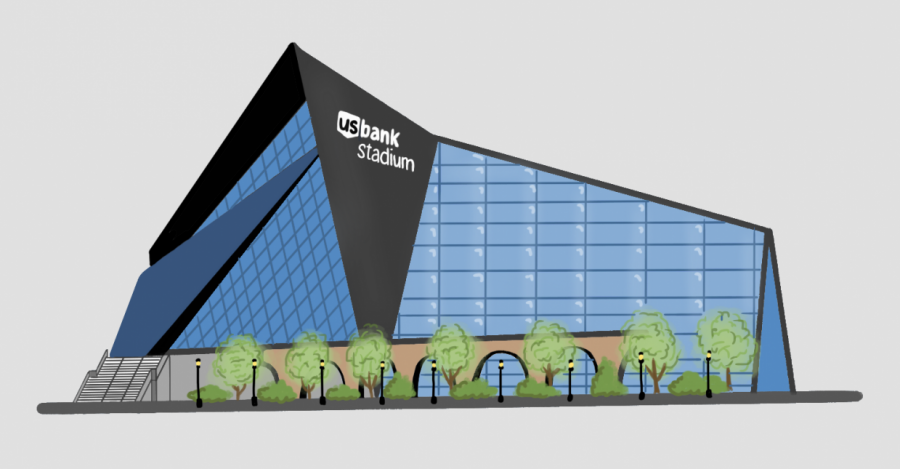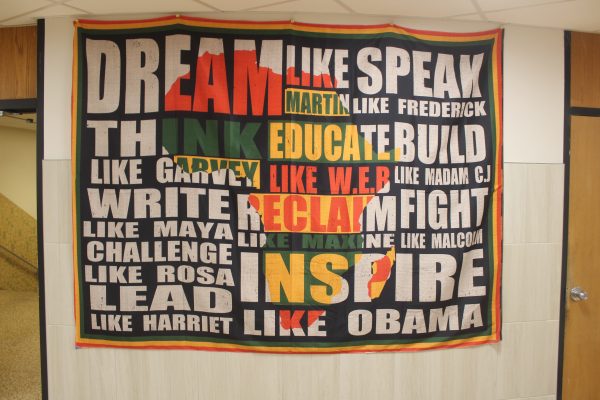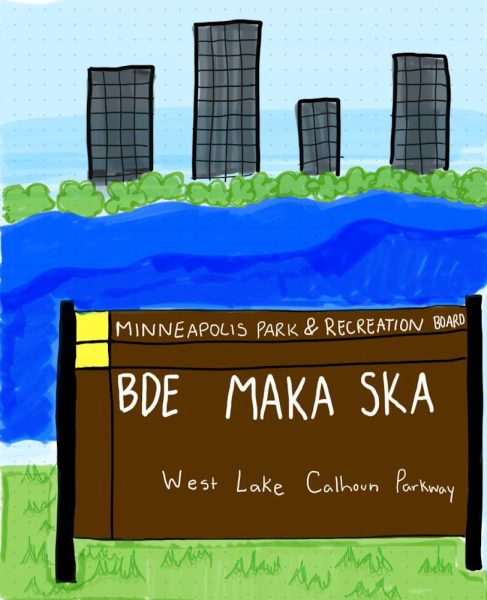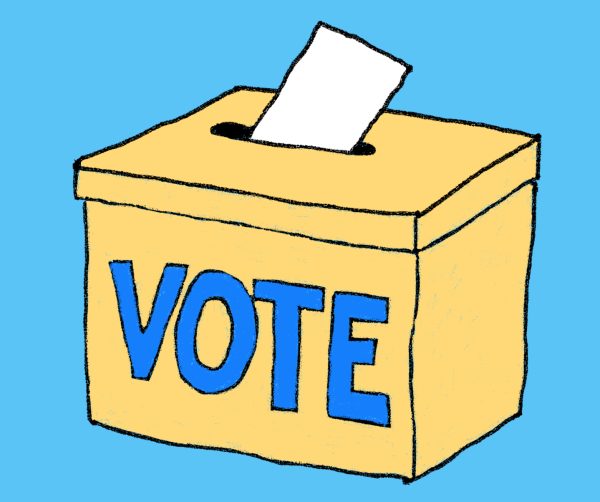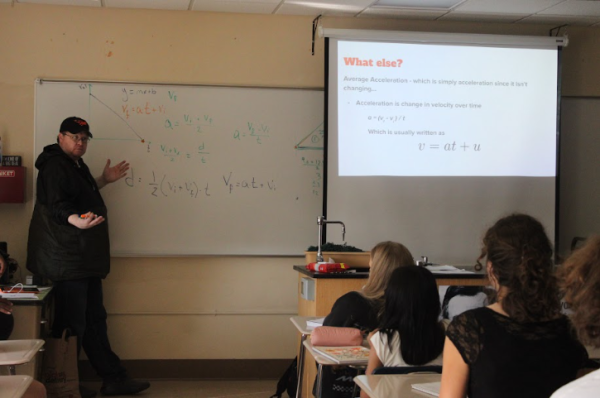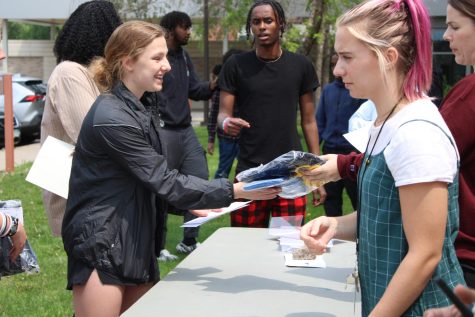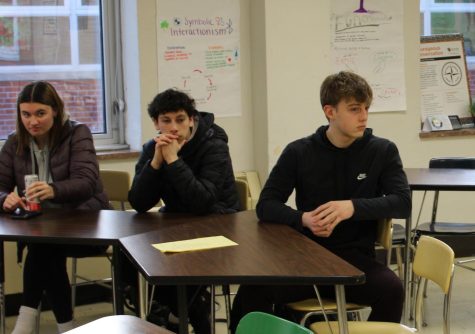Staff Editorial: U.S. Bank Stadium should prioritize bird safety
Building killing hundreds of birds annually does not reflect community values
The U.S. Bank Stadium officials are considering modifying the stadium’s glass in order to reduce bird deaths. Around 111 birds die annually due to collision with the building.
November 22, 2019
Although the U.S. Bank Stadium’s transparent exterior design is aesthetically pleasing, the 200,000 square feet of reflective glass is killing over 100 birds annually. Out of the 21 buildings in the Twin Cities metro area, the U.S. Bank Stadium has the third highest bird fatality rate, according to MPR News.
After a $300,000 study paid for by the Minnesota Sports Facilities Authority (MSFA) and the Vikings organization, it was concluded that 111 songbirds die each year because of collisions with the building, according to StarTribune. The cost of the project could range from $50,000 to $570,000 without the labor cost being accounted for.
Minnesota is the land of 10,000 lakes. Our state is well-known for its natural beauty and landmark sites such as the St. Croix River, Minnehaha Falls, the Boundary Waters, as well as city lakes like Bde Maka Ska and Lake of the Isles. To have a building in the cities killing hundreds of birds is hypocritical to what the Park community strives for — a safe and sustainable environment for all living things.
To resolve this dispute between Minnesota conservationists and the MSFA, Vikings and ASM Global (the stadium’s operator), the Echo Editorial Board encourages the MFSA and the Vikings to consider paying this additional expense to make the stadium more bird-friendly. This includes steps such as adding a patterned film to the glass, turning off the stadium lights at night and moving forward with other preventative measures.
The cost of the upgrades should not fall on the state. We believe the MSFA should pay for the construction because of its initial denial to include bird-safe features in the stadium’s design, according to StarTribune.
The MSFA taking months to review the new report proving the U.S. Bank Stadium decreases the bird population annually, shows what the organization’s priorities are. It is essential for conservationist groups and the stadium’s organizations to communicate with each other to resolve this environmentally detrimental issue as soon as possible.



